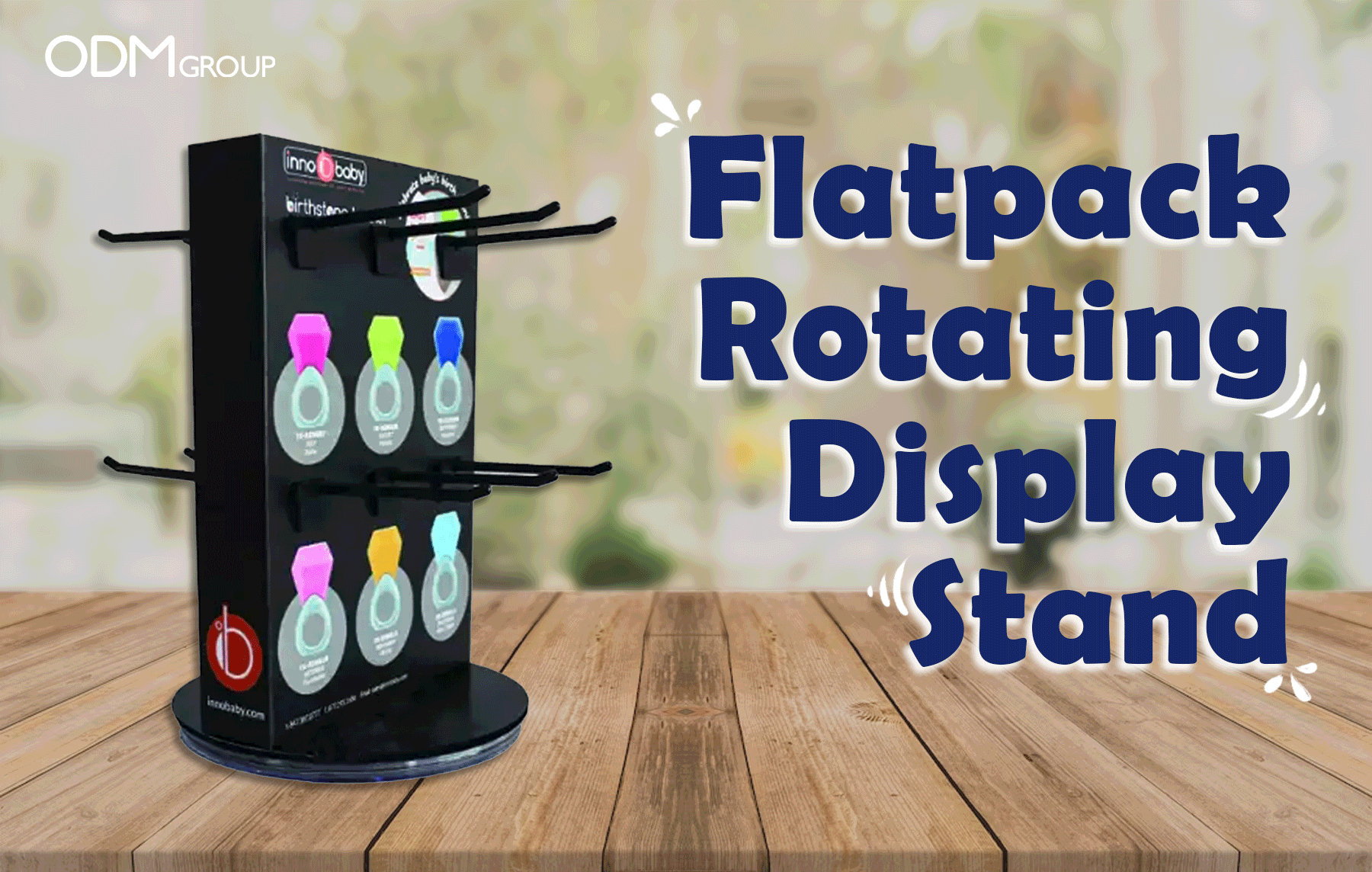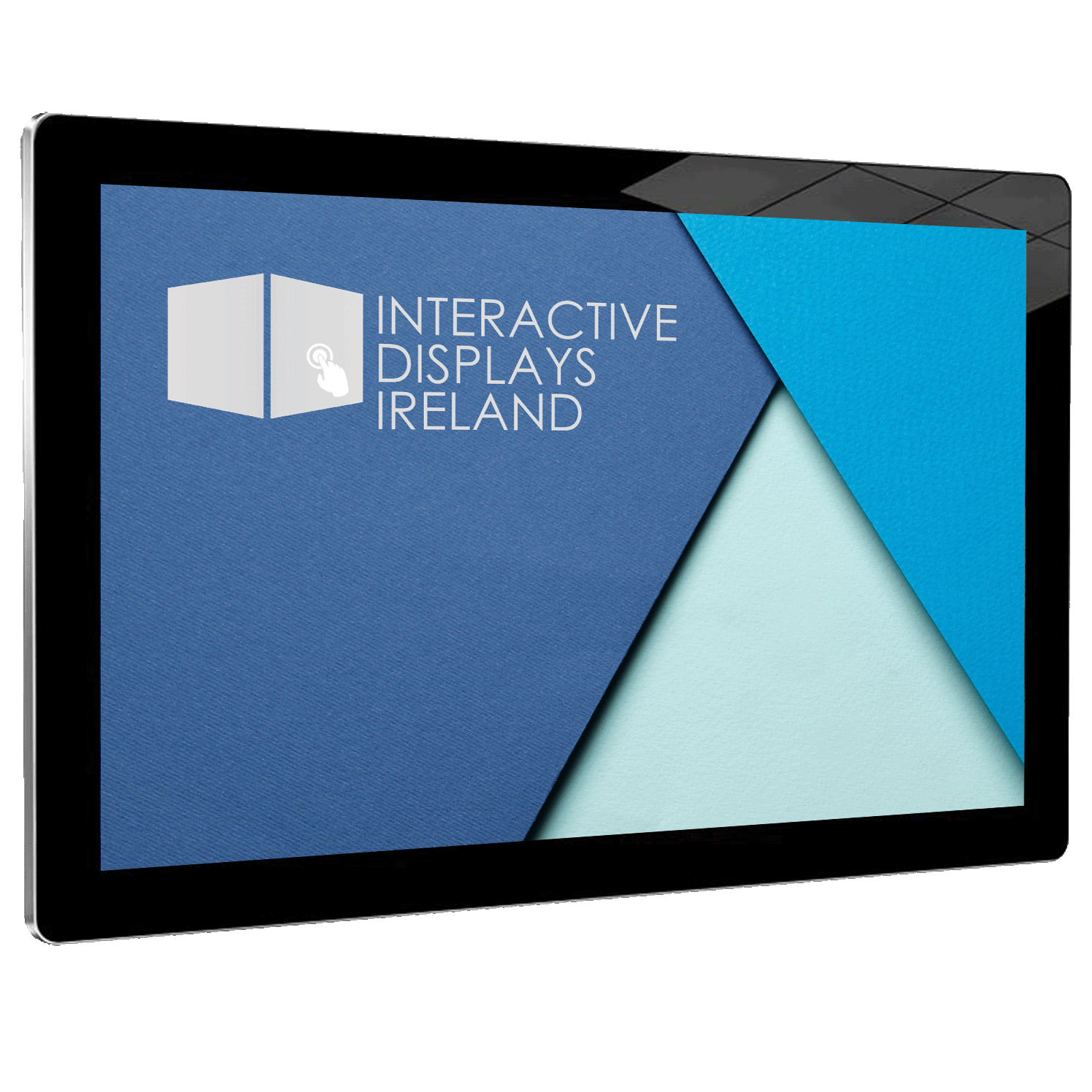Remote IoT Display Chart: Your Ultimate Guide To Revolutionizing Data Visualization
Hey there, tech enthusiasts! Are you ready to dive into the world of remote IoT display chart? This isn't just another buzzword; it's a game-changer for businesses and individuals alike. Imagine being able to monitor and analyze data from anywhere in the world, in real-time, with a visually stunning chart that makes sense of complex information. That's exactly what remote IoT display charts are all about. So, buckle up because we're about to take you on an exciting journey!
Let’s break it down. IoT (Internet of Things) has been around for a while now, but when you combine it with remote display capabilities, things get interesting. The ability to access and visualize data remotely opens up endless possibilities. Whether you're a business owner tracking sales trends, an engineer monitoring equipment performance, or even a homeowner checking on your smart home devices, remote IoT display charts have got you covered.
And here’s the best part: these charts aren’t just for tech wizards. They’re designed to be user-friendly, interactive, and customizable. You don’t need a degree in data science to make sense of them. In this guide, we’ll walk you through everything you need to know about remote IoT display charts, from the basics to advanced tips. Let’s get started!
Read also:Top Tv Shows Featuring Cha Eunwoo A Dive Into His Charismatic Screen Presence
What Exactly is a Remote IoT Display Chart?
Alright, let’s start with the basics. A remote IoT display chart is essentially a digital visualization tool that allows you to monitor and analyze data from IoT devices in real-time, no matter where you are. Think of it as a dashboard that aggregates information from various sensors, machines, or connected devices and presents it in a clear, graphical format.
Here’s why this matters: traditional data monitoring systems often require you to be physically present or logged into a specific system. But with remote IoT display charts, you can access your data from your smartphone, tablet, or laptop—anytime, anywhere. This level of flexibility is crucial in today’s fast-paced world, where time and location are no longer barriers to productivity.
Some key benefits of using remote IoT display charts include:
- Real-time data updates
- Improved decision-making through visual insights
- Customizable dashboards to suit your needs
- Enhanced collaboration across teams
So, whether you're managing a factory, optimizing energy consumption, or tracking health metrics, remote IoT display charts offer a powerful solution. Let’s explore this further in the next section.
Why Remote IoT Display Charts Matter in 2023
In today’s digital age, data is king. But having access to raw data isn’t enough—you need to be able to interpret and act on it quickly. That’s where remote IoT display charts come in. They transform complex datasets into actionable insights, empowering businesses and individuals to make smarter decisions.
According to a recent report by Statista, the global IoT market is expected to reach $1.5 trillion by 2025. With so many devices connected to the internet, the amount of data generated is staggering. Without proper tools to visualize and analyze this data, it’s easy to get overwhelmed. Remote IoT display charts help bridge this gap by providing a clear, concise way to understand what’s happening in your IoT ecosystem.
Read also:Did Bruce Willis Pass The Truth Behind The Rumors
Let’s look at some industries where remote IoT display charts are making a significant impact:
- Healthcare: Doctors and nurses can monitor patient vitals remotely, ensuring timely interventions.
- Manufacturing: Engineers can track machine performance and predict maintenance needs, reducing downtime.
- Agriculture: Farmers can monitor soil moisture levels and weather conditions to optimize crop yield.
- Smart Cities: Urban planners can analyze traffic patterns and energy usage to improve city infrastructure.
As you can see, the applications are vast and varied. Remote IoT display charts aren’t just a luxury—they’re becoming a necessity for anyone looking to stay competitive in their field.
How Do Remote IoT Display Charts Work?
Now that we’ve established why remote IoT display charts are important, let’s dive into how they actually work. At its core, a remote IoT display chart involves three main components:
Data Collection
The first step is collecting data from IoT devices. These devices could be anything from temperature sensors to smart thermostats. Each device sends data to a central server or cloud platform, where it’s stored and processed. This data can include metrics like temperature, humidity, pressure, energy consumption, and more.
Data Processing
Once the data is collected, it needs to be processed to make it meaningful. This involves cleaning the data, removing any errors or inconsistencies, and organizing it into a format that can be visualized. Advanced algorithms and machine learning models may also be used to identify patterns and trends in the data.
Data Visualization
The final step is presenting the data in a way that’s easy to understand. This is where the chart comes in. Remote IoT display charts use various visualization techniques, such as line graphs, bar charts, pie charts, and heatmaps, to represent the data. Users can interact with these charts, zoom in on specific data points, and customize the display to suit their preferences.
And here’s the kicker: all of this happens in real-time. You don’t have to wait for reports or manually update spreadsheets. The chart automatically updates as new data comes in, giving you the most up-to-date information at all times.
Choosing the Right Remote IoT Display Chart Solution
With so many options available, choosing the right remote IoT display chart solution can be overwhelming. Here are some key factors to consider:
Scalability
Make sure the solution you choose can scale with your needs. Whether you’re starting small or managing a large network of IoT devices, your display chart should be able to handle the load without sacrificing performance.
Customization
Everyone’s needs are different, so look for a solution that offers customization options. This could include choosing which metrics to display, setting up alerts for specific conditions, and customizing the look and feel of the chart.
Security
Data security is a top priority, especially when dealing with sensitive information. Ensure that the solution you choose has robust security measures in place, such as encryption, authentication, and access controls.
Integration
Consider how well the solution integrates with your existing systems. If you’re already using other IoT platforms or software, you’ll want a display chart that can seamlessly connect with them.
By keeping these factors in mind, you’ll be able to find a remote IoT display chart solution that meets your specific requirements.
Popular Remote IoT Display Chart Tools
There are several tools on the market that offer remote IoT display chart capabilities. Here are a few popular ones:
ThingSpeak
ThingSpeak is a powerful platform for IoT data visualization. It allows users to collect, analyze, and visualize data from IoT devices in real-time. With its easy-to-use interface and extensive API, ThingSpeak is a great option for both beginners and advanced users.
Node-RED
Node-RED is a flow-based programming tool that makes it easy to create remote IoT display charts. It allows users to connect various IoT devices and services, and visualize the data using a wide range of chart types. Node-RED is highly customizable and integrates well with other platforms.
Grafana
Grafana is a popular open-source platform for data visualization. It supports a wide range of data sources, including IoT devices, and offers a variety of chart types to choose from. Grafana is known for its flexibility and scalability, making it a great choice for large-scale IoT projects.
These are just a few examples, but there are many other tools out there. The key is to find one that aligns with your specific needs and budget.
Implementing Remote IoT Display Charts in Your Business
Implementing remote IoT display charts in your business can seem daunting, but it doesn’t have to be. Here are some steps to help you get started:
Define Your Goals
Before diving into implementation, it’s important to define what you want to achieve with your remote IoT display charts. Are you looking to improve operational efficiency? Enhance customer experience? Reduce costs? Having clear goals will guide your implementation process.
Select the Right Devices
Choose IoT devices that are compatible with your chosen display chart solution. Consider factors like data accuracy, battery life, and connectivity options when selecting devices.
Set Up Your Dashboard
Create a dashboard that displays the metrics most relevant to your goals. Use customizations to make the dashboard user-friendly and visually appealing.
Train Your Team
Make sure your team is trained on how to use the remote IoT display charts effectively. Provide them with resources and support to ensure they can make the most of the tool.
By following these steps, you’ll be well on your way to successfully implementing remote IoT display charts in your business.
Challenges and Solutions in Remote IoT Display Charts
While remote IoT display charts offer numerous benefits, they do come with some challenges. Here are a few common ones and how to overcome them:
Data Overload
With so much data being generated, it’s easy to get overwhelmed. To tackle this, focus on the key metrics that matter most to your business. Use filters and customizations to narrow down the data you display.
Connectivity Issues
IoT devices rely on a stable internet connection to function properly. To minimize connectivity issues, ensure that your devices are placed in areas with strong Wi-Fi or cellular coverage. Consider using backup systems in case of outages.
Cost
Implementing remote IoT display charts can be expensive, especially for large-scale projects. To manage costs, start small and scale up as needed. Look for cost-effective solutions that offer the features you need without breaking the bank.
By addressing these challenges proactively, you can ensure a smoother implementation process.
Future Trends in Remote IoT Display Charts
The world of remote IoT display charts is constantly evolving. Here are some trends to watch out for:
Artificial Intelligence
AI is increasingly being integrated into remote IoT display charts to enhance their capabilities. Machine learning algorithms can analyze data patterns and provide predictive insights, helping businesses make more informed decisions.
Augmented Reality
AR is another exciting development in the field of data visualization. Imagine being able to overlay IoT data onto real-world environments using AR glasses or smartphones. This could revolutionize how we interact with and interpret data.
Sustainability
As businesses become more environmentally conscious, there’s a growing focus on using IoT data to promote sustainability. Remote IoT display charts can help track energy usage, reduce waste, and optimize resource consumption.
These trends point to a future where remote IoT display charts become even more powerful and versatile.
Conclusion: Embrace the Power of Remote IoT Display Charts
In conclusion, remote IoT display charts are a game-changer for anyone looking to harness the power of IoT data. They offer real-time insights, improved decision-making, and enhanced collaboration—all in a user-friendly format. Whether you’re a business owner, engineer, or tech enthusiast, there’s something in it for you.
So, what are you waiting for? Dive into the world of remote IoT display charts and see how they can transform the way you work. Leave a comment below and let us know how you plan to use this technology. And don’t forget to share this article with your friends and colleagues who might benefit from it!
Remember, the future is here, and it’s powered by data. Let’s embrace it together!


